101 Palestinians killed without thought
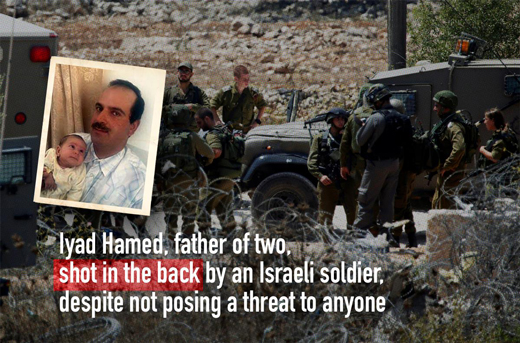
By B’Tselem
April 20, 2017
In 2016, Israeli security forces killed 101 Palestinians, including 31 minors. Ninety of the casualties were killed in the West Bank (including East Jerusalem), eight in the Gaza Strip, and three in Israel. Among the casualties were ten women and one female minor. Seventy-five of the casualties (74%) were killed in incidents in which they assaulted, attempted to assault, or allegedly attempted to assault Israeli security forces and civilians. Seventeen more Palestinians (17%) were killed during clashes with the security forces, in demonstrations, and in stone-throwing incidents. The rest were killed by bombing, during arrest missions, and in other incidents.
Israeli security forces also killed two foreign nationals.
Six more Palestinians, four of them minors, were killed by Israeli civilians.
In 2016, Palestinians killed eight Israelis and one foreign national: four men, four women, and a female minor. Palestinians also killed three members of Israel’s security forces.
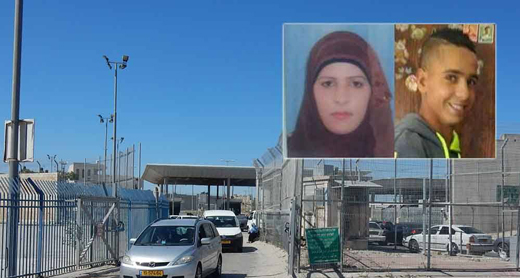
27 April 2016, Maram Abu Isma’il, 23, a mother of two girls aged 4 and 5, and her brother Ibrahim Taha, 16, were shot dead at Qalandia Checkpoint.
As detailed below, B’Tselem’s investigation and analysis indicates that these incidents were made possible by an open-fire policy that permits both shooting to kill in instances defined as “incidents of assault” and a trigger-happy approach to demonstrations or stone-throwing. This policy, which is broadly supported by senior officials, conveys profound disregard for the lives of Palestinians.
A shoot-to-kill approach in cases defined as “incidents of assault”:
In 2016, Israeli security forces killed 75 Palestinians in incidents in which the latter assaulted, attempted to assault, or allegedly assaulted Israelis (security forces or civilians) in various ways – running victims over, stabbing, other cold weapons, or live fire. Of the attackers, 45 were men, nine were women, and 21 were minors. Another six Palestinians, including four minors, were killed in similar circumstances by Israeli civilians. In total, 81 Palestinians were killed in incidents of this kind.
Despite the broad media coverage that a single incident – the killing of ‘Abd al-Fatah a-Sharif by soldier Elor Azaria in Hebron – received, similar cases occurred throughout the year. These, however, did not garner public attention in Israel, and were certainly not subjected to real legal examination. As B’Tselem has stated in the past, other Palestinians were killed in 2016 when security forces shot them although they posed no danger, either because they were lying injured after having been shot or because they were far enough away to be stopped without lethal injury.
This reality is a direct result of the discourse deliberately adopted by ministers and members of Knesset, whose public statements have made it clear that any Palestinian who attacks Israelis – or is suspected of attempting to do so – should be killed. For example, Minister of Public Security Gilad Erdan said that “every terrorist should know that he will not survive the attack he is about to perpetrate”;
then-Jerusalem District Police Commander Moshe Edri declared that “anyone who stabs Jews or hurts innocents – his due is to be killed”;
and MK Yair Lapid stated that “the directives should specify shooting to kill when anyone pulls out a knife or screwdriver or whatever.” Member of Knesset Avigdor Lieberman posted on Facebook that, in his opinion, the cabinet should decide that “terrorists must not be left alive”;
in early 2017, when he was already Defence Minister, Lieberman proudly announced that “since the Elor Azaria case we have taken out 39 terrorists – not only what you do but what you say matters, and words do carry weight.” Prime Minister Netanyahu’s ongoing silence on the matter effectively sanctions this policy.
B’Tselem has warned in the past that shooting to kill is permitted only when the person targeted is endangering the lives of others. The fact that Israeli security forces have time and again killed Palestinians who posed no danger reveals a chilling disparity between the official prohibition on such conduct and reality, including the current atmosphere in Israel, in which shooting to kill is acceptable at any time and under any circumstance, even when the danger has passed. The explicit support of the authorities and the tacit consent of the legal system’s top officials – including the Attorney General and the Military Advocate General – have create a normative situation in which soldiers and police officers routinely play judge and executioner.
The Killing of Sara Hajuj, video
Trigger-happy response to clashes, stone-throwing incidents, and demonstrations:
In 2016, Israeli security forces killed 17 Palestinians, including six minors, in confrontations that involved shooting or hurling of Molotov cocktails, during weekly protests in the West Bank and in Gaza, and in incidents in which Palestinians threw stones. Of these, 13 were killed in the West Bank and four during demonstrations held near the fence between Gaza and Israel.
At least fourteen of the casualties (82%) were shot dead while posing no threat. B’Tselem’s investigations indicate that of these, 11 were killed by live fire (including one person who was killed by .22-inch bullets, which the military wrongly classifies as “non-lethal”); another Palestinian youth was killed by a rubber-coated metal bullet that was fired in breach of regulation; another by a flare bomb, which is not meant to be used against people; and another demonstrator, a ten-year-old boy, was killed by a black sponge round that hit his chest. These people were killed by unlawful use of lethal weapons and their deaths cannot be justified.
Public discussion or legal examination of these killings are rare
Based on past experience, there are slim chances of anyone being held accountable for security forces killing Palestinians under circumstances that did not justify use of lethal means. The casualties of 2016 are the most recent among thousands of cases since the beginning of the occupation in 1967 – half a century of lack of accountability. There is almost no public discussion – and rarely, legal examination – of these matters in Israel; in the rare cases that do capture the public’s attention, the blame is cast upon low-ranking individual soldiers who acted in “unusual” circumstances. Yet thousands of incidents cannot be unusual. The responsibility for these deaths lies with the senior levels of government and military command, which approve the open-fire policy that causes them, as well as the subsequent whitewashing.
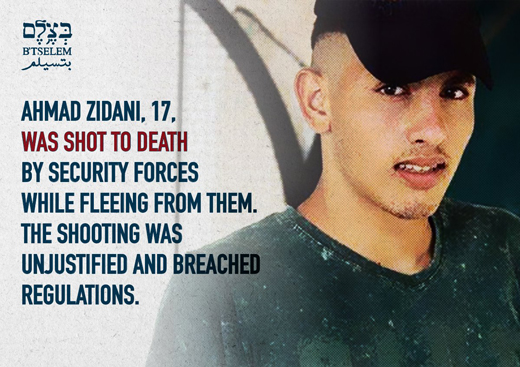
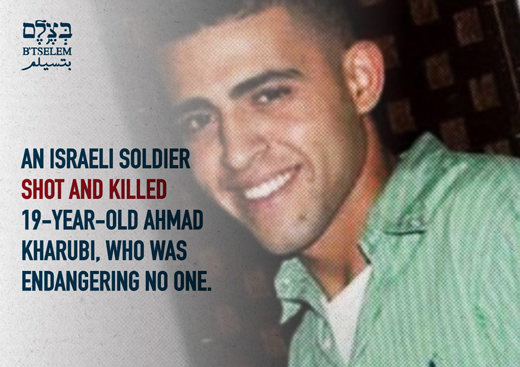
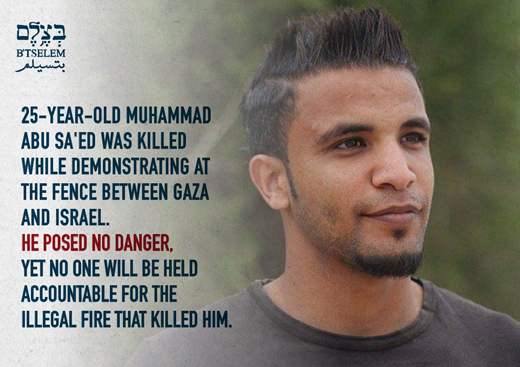
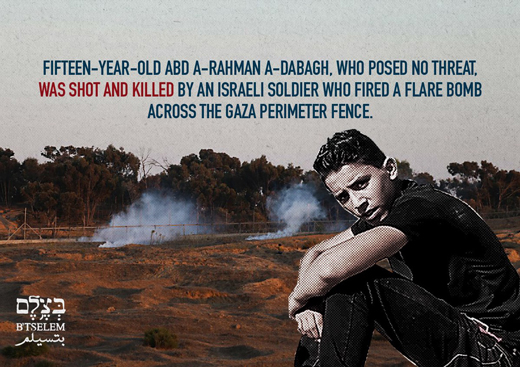
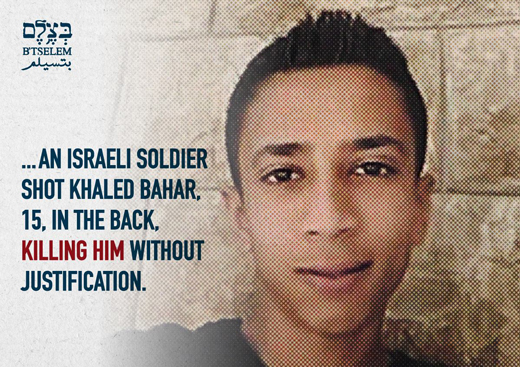
Go to the original for a full table of those killed, when and by whom.
